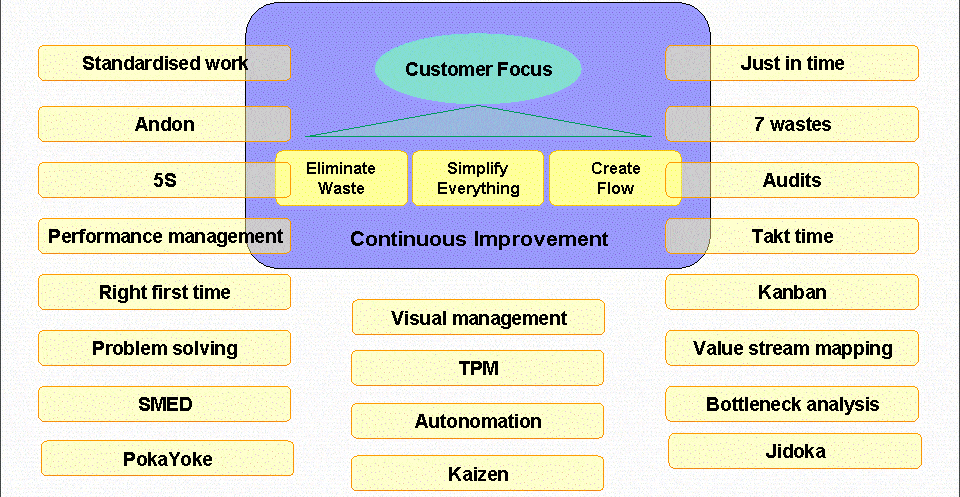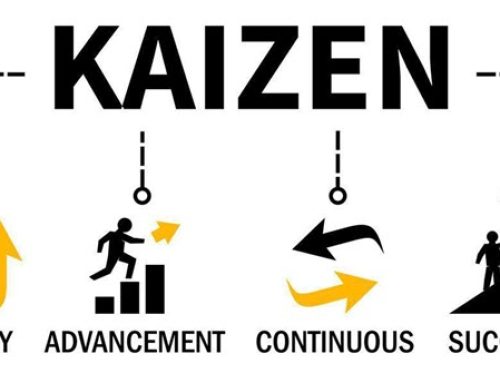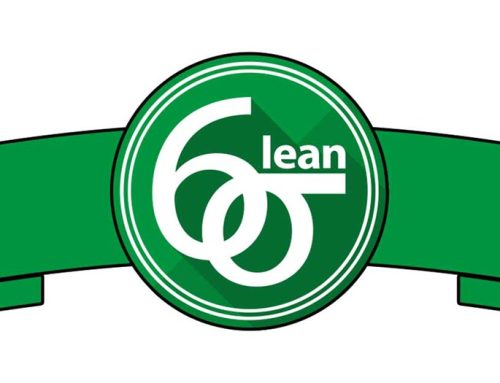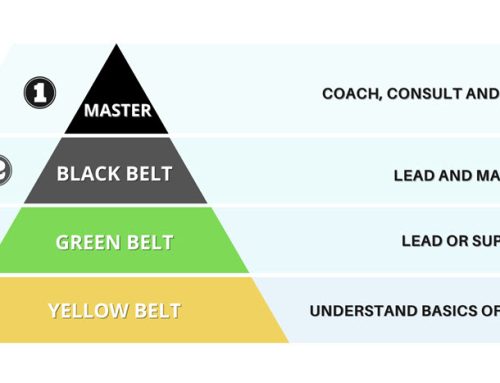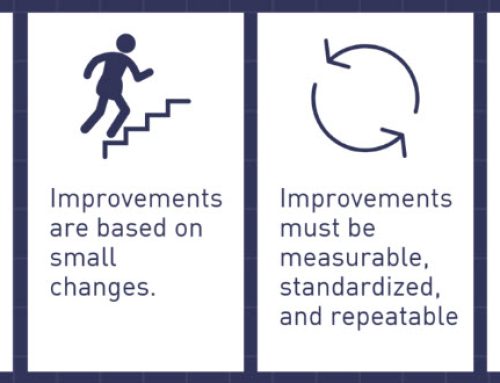Lean manufacturing is a hypothesis, the basic purpose of which is to minimize waste within the operating systems and to maximize productivity simultaneously. Lean manufacturing techniques are based on the Toyota Production System. Lean is appraised as a necessary element of a successful manufacturing business. Lean is being widely applied into many industries across all various sectors from manufacturing to restaurants. The basic principle of lean is minimizing waste to maximize the productivity and has become extremely popular for many organizations.
Steps for Implementation of Lean Manufacturing Techniques
For proper implementation of Lean manufacturing techniques, it is important to follow a few steps correctly. Following five steps should be followed properly for effective implementation of lean manufacturing techniques.
Formation of a Proper Team
Once you decide to implement lean within your operations, the first and foremost thing is to form the right team for the task. This team should contain people who have relevant experience and proper knowledge of what needs to be done. A lean expert is also required to lead the project. The core team usually consists of 3-10 personnel depending upon the area of implementation. It is important to explain to the team members what lean is, its benefits and why the company needs to implement it. The team should be explained that they need to change their way of thinking to successfully implement lean manufacturing techniques in your system.
Establish a Feedback and Communication Strategy
It is critical to get everybody in the team on same page in terms of the goal with the lean manufacturing techniques, as everyone in the team often thinks that things should be done in their way and that’s when difficulties arise. Therefore, it is important to have set process for connecting with each other and provide feedback. The set process helps to avoid friction and negative emotions that may hinder the implementation process.
Meeting with Employees
In most cases, the lean manufacturing techniques are going to be implemented in more than one area within the organization. That means many people within the facility must change their way of thinking in order to successfully implement lean in their system of work. If not done properly it can be a difficult task where the organization may experience a lot of negative feedback which can be avoided or minimized.
In order to overcome these problems and to handle the situation it is important for senior management to frequently meet with the people who are most affected by the lean implementation to help them get through it. Therefore, it is necessary to meet the employees and gather their ideas as well as explain the goals to them. Furthermore, the impacted employees should be provided with contact information of a person or group whom they can contact for future suggestions or questions. It helps them to feel as an important part of the team and encourage them to work more efficiently.
Value Stream Mapping
In lean manufacturing technique, the most critical part is to complete the value stream map. The first step in value stream mapping is to identify the attributes of a product that the customer is willing to pay for. This will help to mainly focus on customer’s demand and ultimately minimize the waste production.
5S Analysis
The fifth and last step is to carry out a 5S analysis on current processes to find out the areas where waste can be minimized. It is a great tool to identify the existence of wasteful processes and what adjustments need to be made for effective implementation of lean manufacturing techniques. These 5S’s are:
- Sort: It means to sort out the requirements and eradicate unnecessary steps and items.
- Set in Order: It means to set everything in order in their proper place in a well-organized manner.
- Shine: To keep the area clutter-free and clean is very important. Due to this there will be less time wasted as you only have the things you need.
- Standardization: It is important to standardize the current processes so they are in compliance with the set standards. It ultimately helps to improve the quality of product and minimizes waste.
- Sustain: It is necessary to give continuous attention to lean principles as it is not a onetime event. Ignoring might result in loss of all the productivity and efforts.

